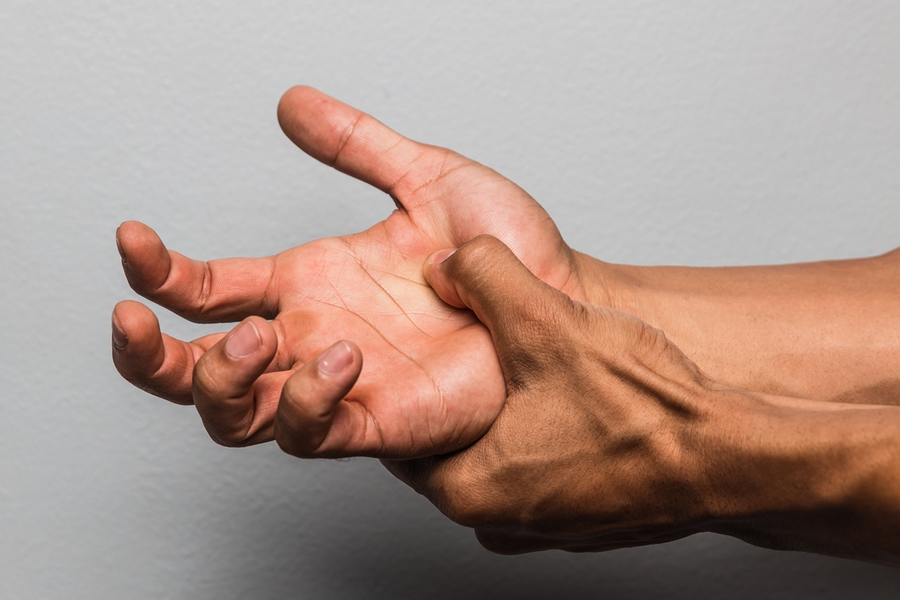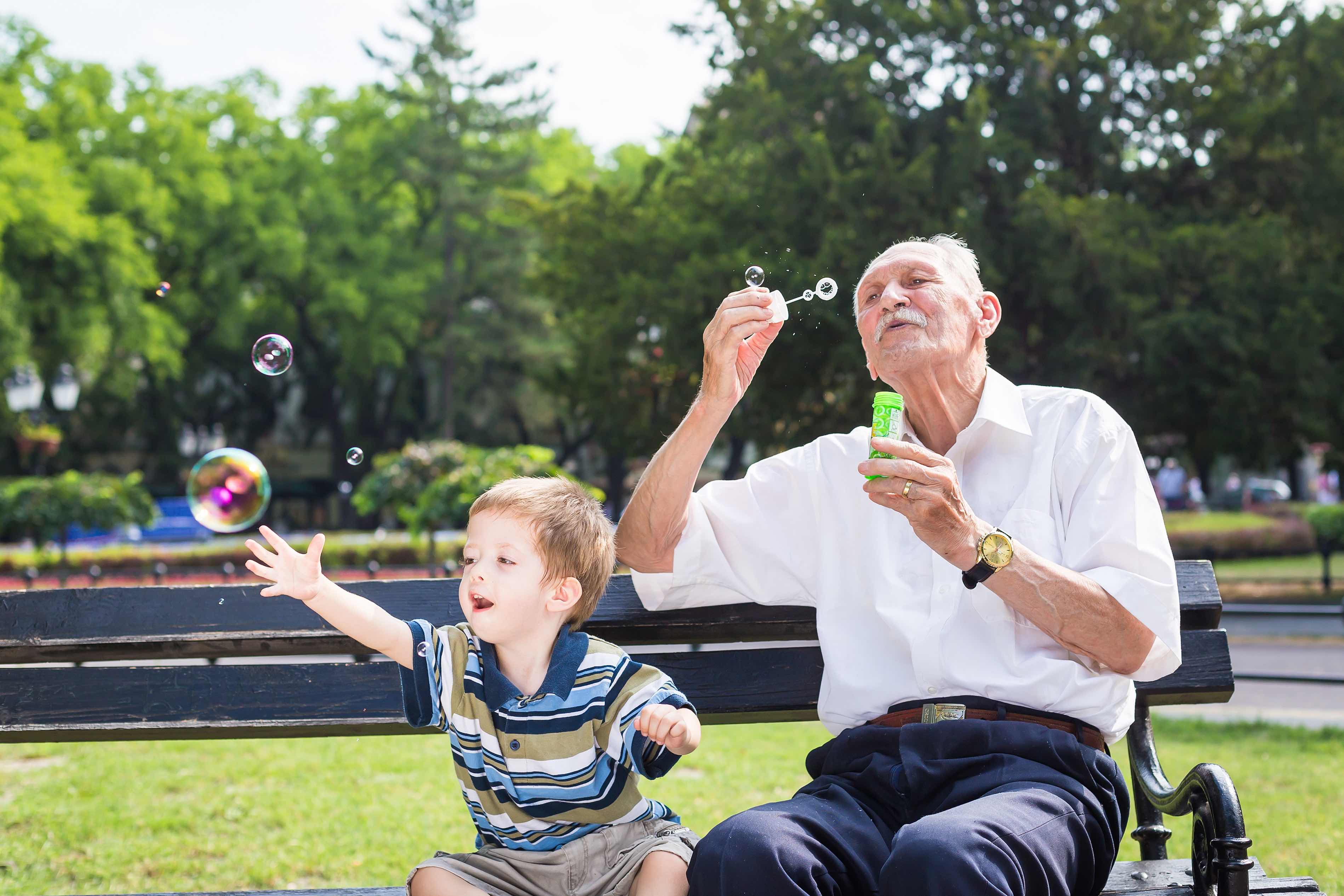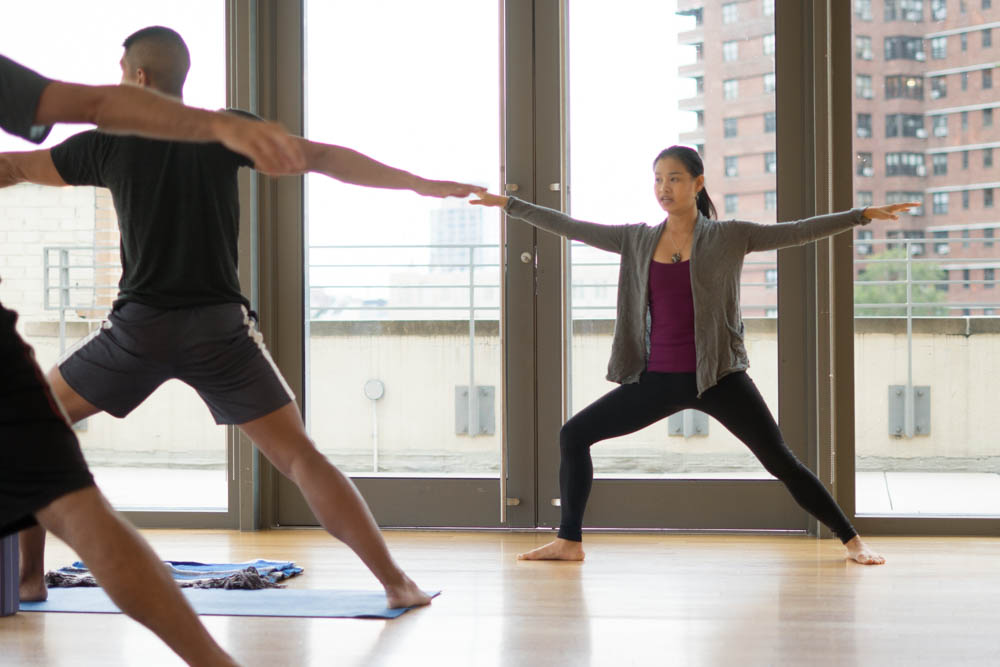
If you or someone you know carries a diagnosis of Parkinson’s disease, I would like to offer a hopeful note by saying it is possible to still live a full, productive and meaningful life. Some of my clients feel that their lives have actually improved after their diagnosis, because of lifestyle changes they have made and by integrating self-care techniques.
One client I worked with lost excess weight and regained overall mobility after experiencing stiffness for several years. He can now run, dance, garden and play with his grandchildren.

Another client now sleeps through the night knowing how to manage dystonic pain in his right shoulder using self-massage and deep relaxation techniques. Of course, there is no one-size-fits-all program, and you should always consult your doctor before starting any exercise program.
But I would like to share how through this work I have witnessed clients going from depressed to hopeful and empowered after a few months of regular yoga and self-massage practice.
Hope for Managing Pain in Parkinson’s Disease
We all know that movement is good for the body and mind, but it is especially crucial for managing pain and other Parkinson’s disease symptoms. Movement has been shown to promote neuroplasticity, and research also suggests that exercise may help to modulate the experience of pain in Parkinson’s disease (PD).
I see most of my clients with PD 2-3 times a week. But not everyone with PD has the resources to hire a trainer or therapist to work with them privately so often. Luckily for those who are open to alternative therapeutic interventions, there’s hope!
Exercise, such as yoga, meditation and self-applied massage have been shown to dramatically help reduce symptoms and improve overall quality of life.
For those with PD, sometimes the biggest obstacle is the lack of motivation and depression. It is important to address the these individuals with compassion, and to remember that the healing process starts with a hopeful and positive attitude.
What Exactly is Parkinson’s Disease?
Parkinson’s disease is a progressive nervous system disorder that may lead to disabling motor and cognitive impairment. The development of the disease is slow and gradual, and progression of symptoms is often different from one person to another due to the diversity of the disease.
In some, it starts with a little tremor in just one hand, which is the most widely known symptom of PD. Muscle stiffness and slowness of movement are also common signs of PD. Typically, Parkinson’s disease symptoms worsen as the condition progresses over time.
PD isn’t something that can be cured. Conventional treatments include medications to improve the symptoms. In some cases, doctors may suggest surgery to regulate certain regions of the patient’s brain and improve symptoms.
Types of Pain With Parkinson’s Disease
The most common PD symptoms are movement related such as tremor, slowed movement, rigidity and balance issues. Yet, about 30% to 85% of people with PD experience chronic pain. This can show up as joint pain, neck pain, back pain, abdominal pain, leg pain, hand pain or foot pain (and more). Numbness and tingling is also common.
In rare cases, pain is so severe that it overshadows the motor symptoms of the disorder.
There are four primary types of pain in PD: musculoskeletal, dystonic, neuropathic and central pain. Here I will only be discussing musculoskeletal and dystonic pain, since these are the types that I see most often and am most familiar with.
Musculoskeletal pain is typically related to muscle rigidity, poor posture and/or slowed movement–which limits range of motion.
Dystonic pain usually shows itself as painful spreading or bending of the toes or fingers or inversion of one foot but can occur in any area of the body. Sometimes dystonic pain is a sign of extremely low dopamine levels, especially when it occurs first thing in the morning or late at night, when the medication tends to wear out.
My Most Useful Practices for Managing Pain and Symptoms of Parkinson’s Disease
1. Move!
Any movement is better than no movement. My favorite is an exercise called Spontaneous Movement, which is a practice I learned from Qigong. There is no prescribed movement, it’s based on inner guidance. Typically, you start by standing with your feet wider than outer hip width, with knees slightly bend, and tails slightly tucked. (https://kathybroock.com/) Then you can wiggle, shake the arms, bounce gently as if you’re trying to shake off stress and dirt off the body. Do this for 2 mins, and you can work you way up to 5 or more minutes!
2. Yoga!
Any style that feels appropriate for the individual. I recommend a mix of mild cardio with slow breath-centered mindful movements (similar to Tai Chi and Qigong).

3. Deep relaxation rocks!
It is an underutilized yet powerful tool! This can be done in seated meditation or lying down in savasana and/or guided yoga nidra.
4. Massage!
No money? No problem! My favorite self-massage tools (besides my own hands) are Yoga Tune Up® therapy balls! These are great tools not just for down regulation and relaxation, but also for pain relief.

I encourage my PD students to do these practices at least 45 minutes a day, 4-5 times or more each week. For people who have been living a more sedentary lifestyle, they should start with 5-10 minutes a day for a couple weeks, then increase the duration each week.
Another option (besides hiring a trainer/teacher/therapist to offer guidance) is to use other creative resources. Find a gentle yoga or mindful movement class that is affordable and reasonable to get to.
Or start a PD support group where the participants can meet weekly or a couple times a week. Each participant could pay a small amount to the practice leader for movement and relaxation facilitation.
Staying Positive and Engaged into the Future
All my PD clients remain active members of their families and communities—physically, socially and professionally. To maintain their active lives, they will need to integrate self-care practices, like self-massage and yoga, into their routine for the rest of their lives.
Instead of seeing self-care as unpleasant chore, I help them see it as an uplifting practice that brings about inner peace and allows them to live full lives. I am beyond grateful for my clients who teach me so much about courage, resilience and the healing power of positivity!
These suggestions are not meant to replace the care of a doctor. Consult your doctor before beginning any movement, self-massage, or fitness protocol.
Thanks to these resources for insight and information:
American Parkinson’s Disease Association












I’m a caregiver for my HWP. I wanted to inform PWP that there’s hope, the binehealthcenter. com has been of great help. the PD-5 treatment programme they offer has completely help with reversing my husband Parkinson’s symptoms.
My Partner, who is 66 years old, was diagnosed with Parkinson’s disease last year. We noticed that he was experiencing hallucinations, slow movement, disturbed sleep, and twitchy hands and legs when at rest. He had to stop taking pramipexole (Sifrol), carbidopa/levodopa, and 2 mg of biperiden because of side effects. Our family doctor recommended a PD-5 treatment from natural herbs centre , which my husband has been undergoing for several months now. Exercise has been very beneficial. He has shown great improvement with the treatment thus far. He is more active now, does more, and feels less apathetic. He has more energy and can do more activities in a day than he did before. As far as tremors I observe a progress, he improved drastically. I thought I would share my husband’s story in case it could be helpful, but ultimately you have to figure out what works best for you. Salutations and well wishes
My legs felt like they each weigh 200 lbs. Moving was very hard for me. I figured it was the PD progression. I started a PD-5 programme about 4 months ago. I can now walk down the street and back daily. It doesn’t make the Parkinson’s go away but it did give me better quality of life. I got the treatment from natural herbs centre
Movement is a powerful healer for many chronic conditions and it is exciting to see how people with Parkinson’s have found benefits. I would like to learn more about how different techniques (such as tune up massage movements) work best for the different types of pain – musculoskeletal, dystonic, neuropathic and central pain.
Thank you for sharing the many ways movement and self-massage can help in easing the symptoms of Parkinson’s Disease. I had not realized how many of the tools in my toolbox could be used therapeutically, rather than just for general health and wellness.
Good self care methods, very accessible for everyone.
Thanks for sharing this information about PD. It seems I’m hearing of more and more cases out there in the world. This primer helped me understand what is is, but more importantly, that people with PD can live healthier lives than they have in the past, by taking good care of themselves.
I love this article. There are so many good tips I can pass along to my partner’s grandpa who has Parkinson’s.
Again, we see that alternative therapeutic methods are effective like yoga, meditation, self-massage and that hells toreduce ( not cure) the symptoms and improve the quality of life in general….even for diseases like Parkinson’s, arthritis, etc….
I learned many new ideas from this article. I had not known before that “dystonia” is the term for the uncontrolled movements associated with Parkinson’s Disorder. I discovered that there are three other types of pain as well: musculoskeletal, central, and neuropathic. It’s inspiring to see that movement can give life to people who could otherwise be depressed and debilitated by disease.
This just sparked a fire under my butt to help my grandmother who is 88 years old and suffering from dystonic pain related to Parkinsons. It has been quite a struggle to watch her deteriorate due to lack of movement, constant chronic pain and depression related to her symptoms and as a therapist who LOVES movement, it breaks my heart that she doesn’t share that same passion to help herself. The idea of spontaneous movement just gave me an idea to get my family to try with her; nothing lights her up like her grandkids and because she has been suffering with terrible insomnia, wondering if due to low dopamine levels, I wonder how 2-5mins of spontaneous movement to music or with one of her grandkids would help her sleep patterns.. to be continued to see the result of that and some therapy ball work!!
After my Parkinsons Disease diagnosis, i was on Carbidopa and Pramipexole for two years, as the disease progressed my symptoms worsened, with my neurologist guidance i started on natural PARKINSONS DISEASE TREATMENT from Rich Herbs Foundation (ww w. richherbsfoundation. c om). The treatment worked very effectively for my Parkinson’s, most of my severe symptoms simply vanished within the first 3 months on the treatment, i feel better now than I have felt in years and i can feel my strength again. My neurologist was very open when looking at alternative medicines and procedures, this alternative parkinson disease treatment is indeed a breakthrough.
These methods are accessible to all people! That is what I love about the YTU balls and self care technics, everyone can do them, they don’t cost a lot and can help with so many diseases.
Siewli….good stuff. Thank you.
Thanks for this great article. I’ve been teaching people with Parkinson’s disease fin the Bay Area for about eight years privately and in small group classes). I incorporate yoga, relaxation, tune up therapy balls, and other movement exercises. I’m constantly mixing it up so they’re always learning and mindful. Movement is essential, as you noted, and a healthy dose of compassion, too. My students with Parkinson’s disease are some of my favorite. They’re lovely people and passionate about their practice. Thanks again for the article and sharing your work!
This article underscores the power of movement and self-massage. I would not be surprised to hear of more diseases that are positively affected by these two very-accessible activities.
I love that you are bringing attention to PD. Many feel once they have it that its and just go along for the ride. So not true. Staying active is huge. Like you said any movement is better then no movement. I really like LSVT Big which is a program the is customized to help individuals with PD or other neurological disorders to recalibrate and understand how normal motion is supposed to feel through the use of BIG movements. Big or loud voice, big movements. I think in combination with your tx and the use of the therapy balls individuals can really regain their lives back. see http://www.lsvtglobal.com
Thank you Siewli. I am taking the YTU Level 1 Cert and a Yin immersion at the present moment. One of my fellow Yin peeps was diagnosed with PD just a few years ago. I’ll bring my YTU therapy balls to class for her when we reconvene later this month.
Hi, I was looking for this article the other day when I first saw your notice about it. Looks like a well-rounded approach. Maureen Stewart’s comment about herbal formulas was also something I did not know about. I don’t know much about yoga right now. There’s a lot to think about, and my life is rather disorganized right now. I would have to start by trying an idea or two. Thank you.
I was diagnosed 2 years ago at age 63. Symptoms were tremor in right leg, loss of handwriting ability, and soft voice. I also have difficulty rising from a seated position and have balance issues. I started out taking only Azilect, then Mirapex, and 6 months ago Sinemet. Several months ago I started falling frequently, hence the reason for Sinemet. I tried every shots available but nothing worked. In June 2018, my neurologist and I decided to go with natural treatment and was introduced to Natural Herbal Gardens natural organic Parkinson’s Herbal formula, i had a total decline of symptoms with this treatment, the Tremor, falling frequently, stiffness, body weakness, balance issues, depression and others has subsided. Visit Natural Herbal Gardens official website naturalherbalgardens . c o m. This treatment is a breakthrough for all suffering from Parkinson’s, don’t give up Hope. Keep Sharing the Awareness, herbs are truly gift from God.